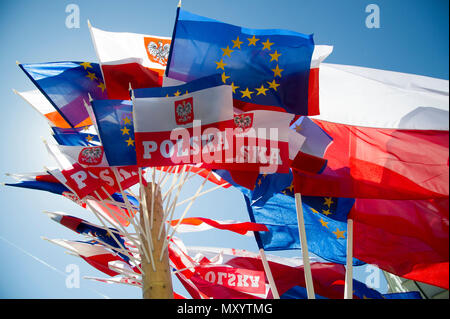

It’s an attempt to apply the old Soviet and now Putinesque trope of Russia vs. From there follows the Kremlin propaganda line that Ukrainians are repressing Russians and Russian speakers, committing atrocities and genocide against them, and that Russia needs to “liberate” the victims of this supposed Ukrainian nationalism. The Kremlin propaganda machine cherry-picks Ukrainian history to amplify its nationalist side - which has at times been anti-Polish and antisemitic - conflate it with the whole of the country’s history, and then claim that Ukraine’s pro-European governments channel this narrative. Russian troops are trying to achieve that goal as I write. Today, in practice, the term means the replacement (probably killing or arresting) of Ukraine’s pro-Western, democratically elected leaders with a Kremlin puppet. But when the Soviet Army rolled into Eastern Europe in 1944-45, liberation from Nazism was accompanied by imposition of Communist rule, usually by violence, and oppression that lasted decades. Putin is using it to justify his war against his neighbor, evoking the memory of the Soviet Union’s defense against Nazi Germany - one of the few episodes in the past 100 years in which Russia held anything close to the moral high ground. “Denazification” is a coded historical term, familiar to Ukrainians, other Eastern Europeans and certainly to Putin’s domestic audience. Overall, a very intriguing souvenir.Daniel Fried is a distinguished fellow at the Atlantic Council.Īs Russian President Vladimir Putin prepared to invade Ukraine, he claimed to be doing so to achieve “ demilitarization and denazification” of the neighboring nation. That is, of course, why it is so important to collect your families’ stories while you can. I did search for a few that were clear but had little success in finding any concrete information that appeared to match with certainty-and, unfortunately, most of that information was found in obituaries. That would explain both why he took it home and why he didn’t sign it: who, for example, signs their own yearbook? Many of the names are difficult to read. I expect that your father found this flag and asked his comrades to sign it. We know that because of the rings on the “fly edge,” the fringe, and a bright rectangular area near the rings that once held the unit’s designation (visible here on the flag’s top right corner). Now, what do we know about this flag? It was of the type designed to be carried in parades on a pole, as was commonly used by assault divisions of the Nazi Party, like the SA. The National WWII Museum would be honored to accept flags signed by servicemen or women during the war into its collection. With their signatures, these men commemorated their win in Europe and the camaraderie of their unit. They represent a moment when servicemen turned a symbol of hate into a symbol of victory. Most museums, including The National WWII Museum, already have all the plain Nazi flags they can care for-but signed flags like this one are unique items. They range from gigantic single-sided banners meant to hang from buildings, to flags intended for flagpoles, to those with grommets at all four corners intended for vehicle identification, to standards meant to be carried in parades. Nazi flags are probably the most common souvenir American servicemen and women brought home from the war. Is this something that should be in a museum? I would love to find out whatever I can. -Jean Leslie, New Bern, N.C.

He never spoke about the war or his experiences. The flag had rings at the top, as if it had hung from a pole or curtain rod. Question: My father, Joseph Troiano, fought in Europe and came back with a souvenir I’m very curious about: a Nazi flag signed by about two dozen fellow soldiers-although not him. 'Does This Signed Nazi Flag Belong in a Museum?' | HistoryNet CloseĬurators at The National World War II Museum solve readers’ artifact mysteries.


 0 kommentar(er)
0 kommentar(er)
